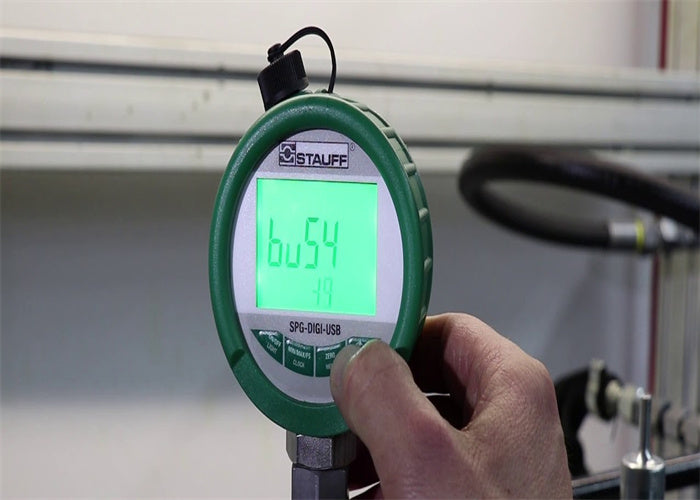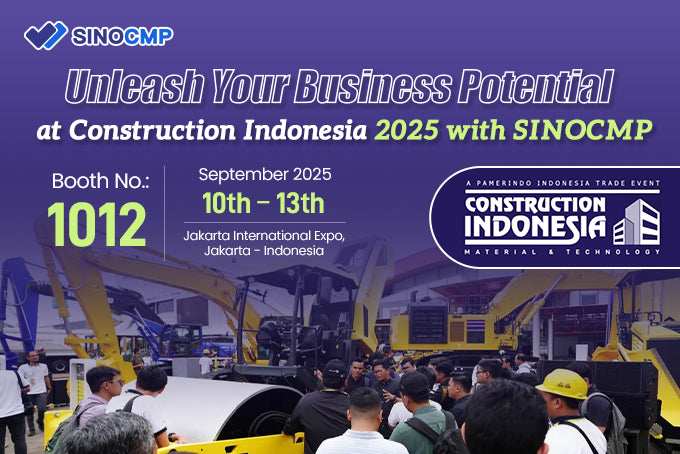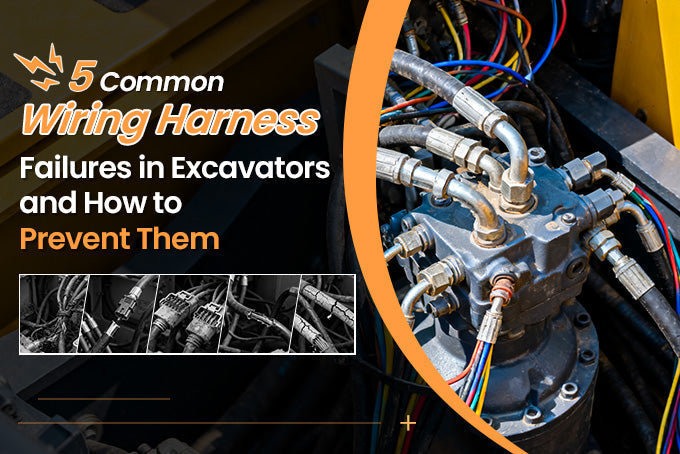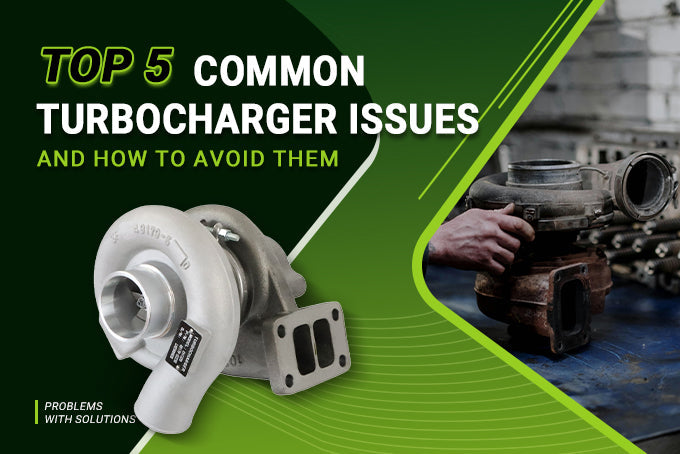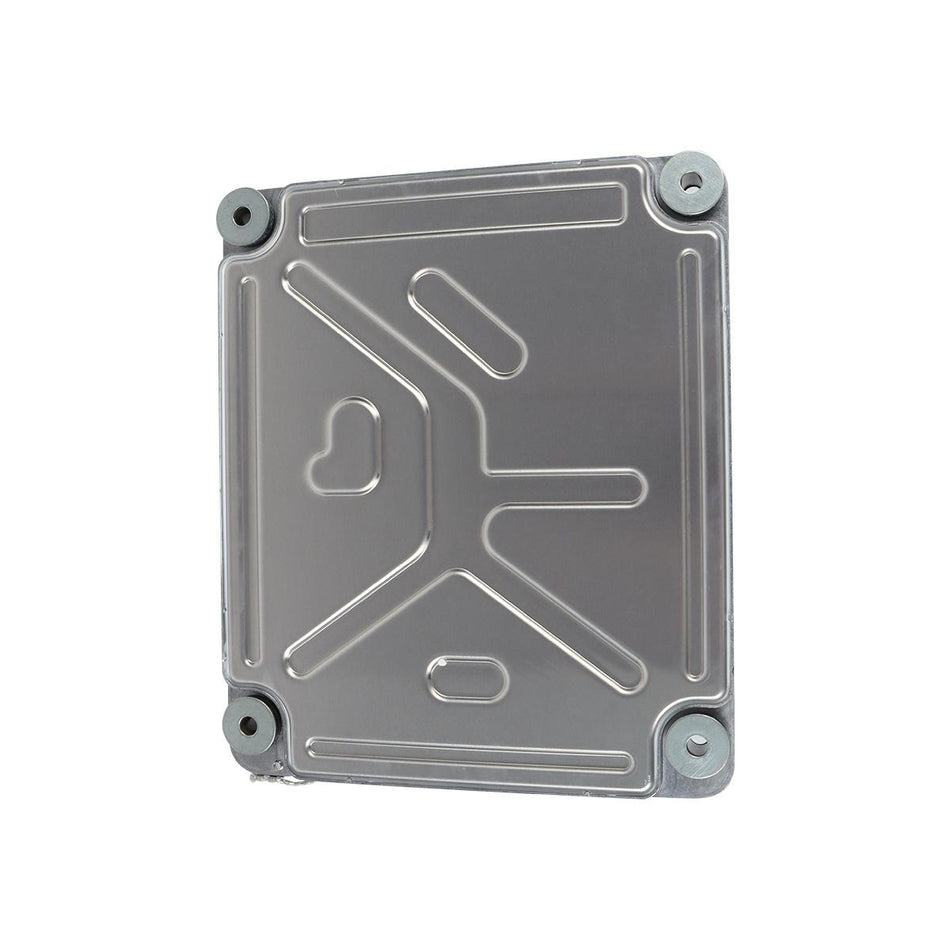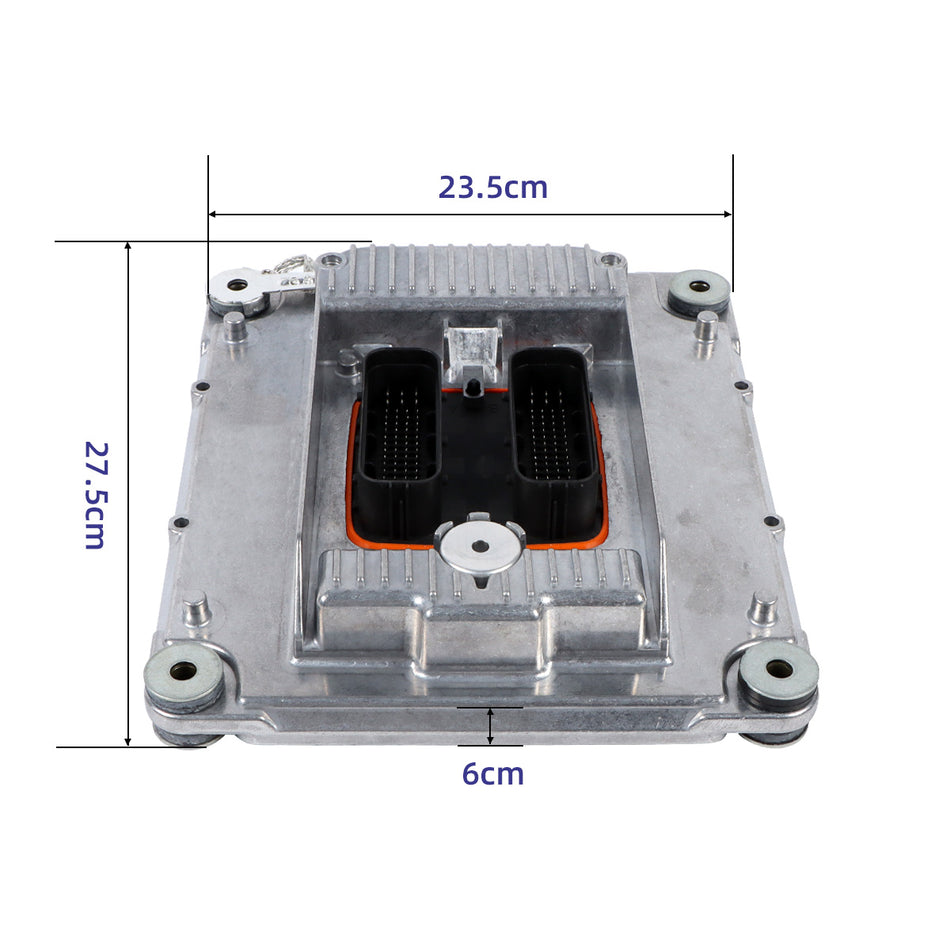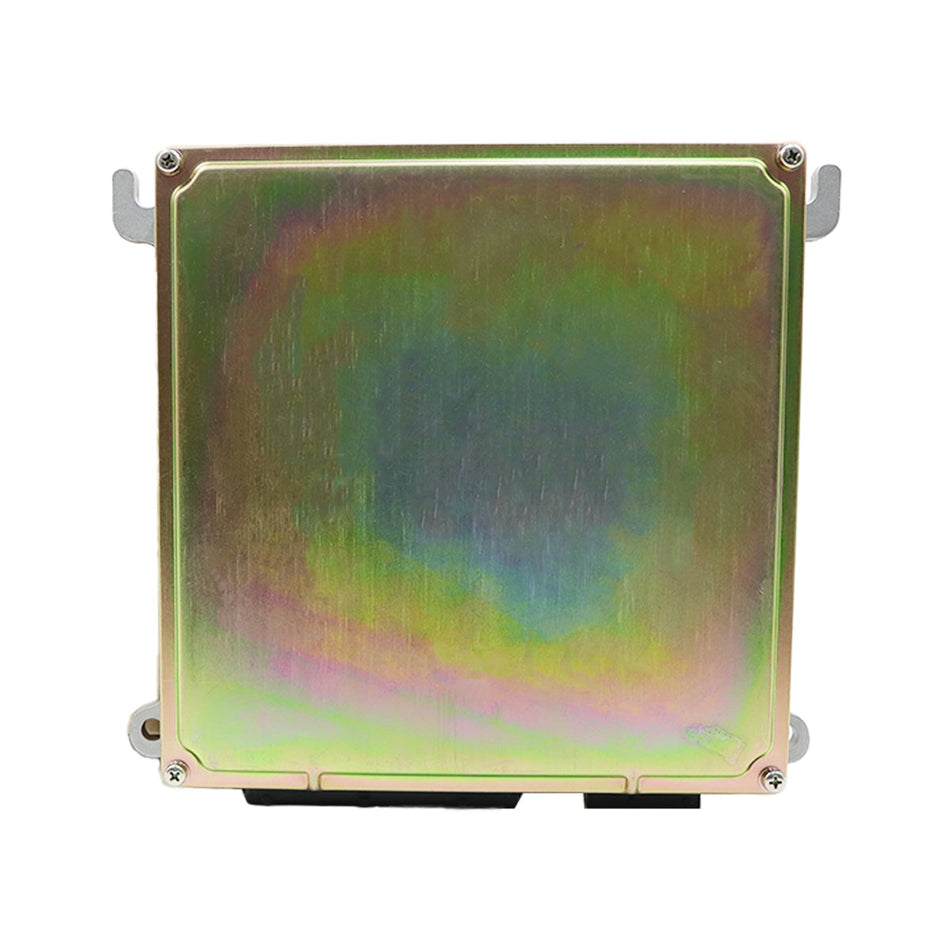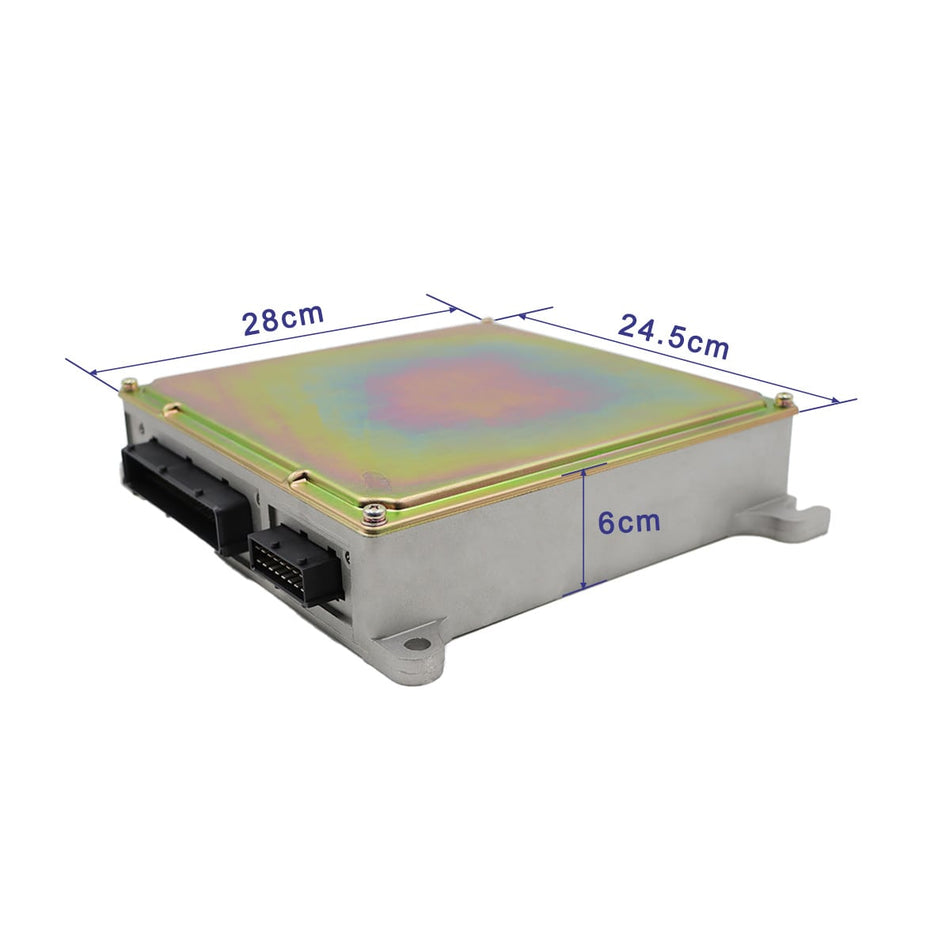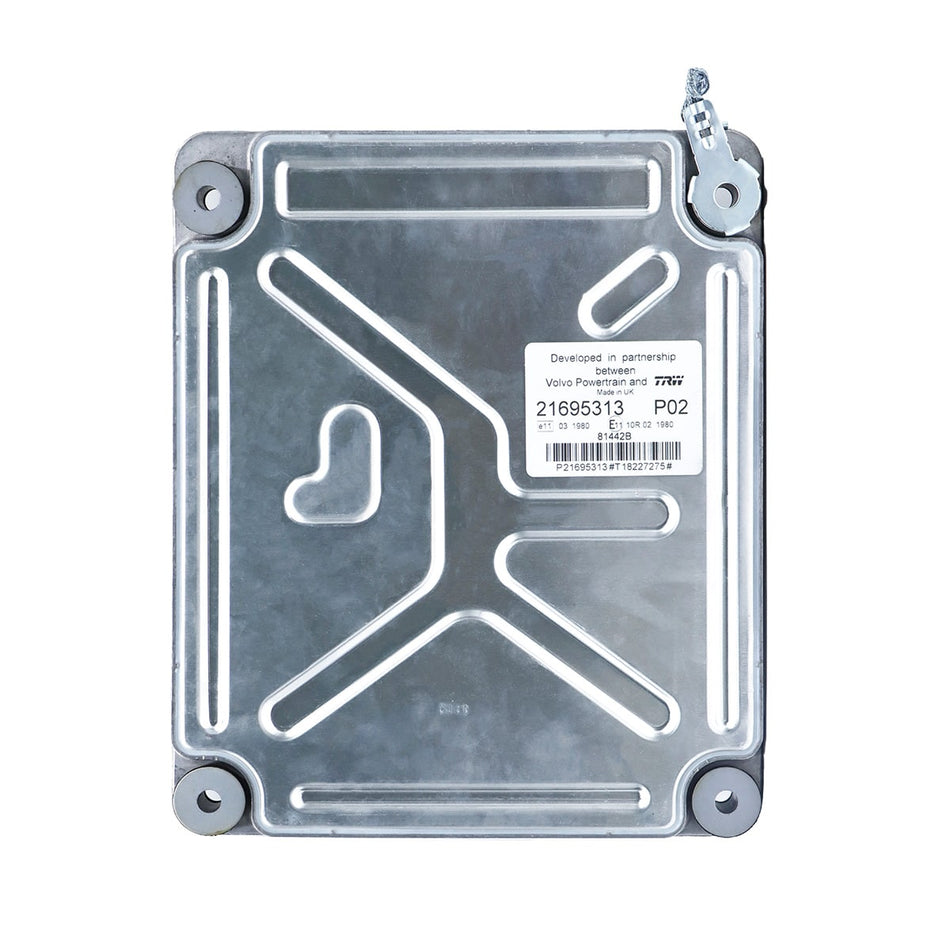The pressure gauge can measure gas and liquid pressure, and provide analog and digital styles. These pressure gauges are commonly used in pressure and vacuum applications, including testing, laboratories, process control, and manufacturing.
The analog (dial) pressure gauge is mechanically operated and provides easy-to-read pressure and vacuum change measurements. Differential pressure gauges may also fall under the analog gauge category. Dial gauges work best in general and static applications and may not be suitable for harsh operating environments. The digital pressure gauge has a sturdy structure, can well cope with mechanical vibration and is easy to read, especially in a dim environment. The digital pressure gauges provide more precise readings and are best for applications requiring a higher level of accuracy.
Dial Indicating Pressure Gauges
The pointer of the dial indicator or analog pressure gauge is calibrated to deal with fluctuations in the specified parameters. They are usually installed in direct contact with liquid or gas and provide local readings based on changes in pressure or vacuum. Analog pressure gauges are most suitable for operating conditions with minimal vibration to ensure accuracy and require sufficient lighting to read the pressure gauge.
Differential Pressure Gauges
The differential pressure gauge can measure and indicate the difference between two pressure points on a single dial. These gauges are usually used to monitor filter equipment. The benefits of using differential pressure gauges include improved process efficiency and reduced operator errors. They feature an easy to read dial that displays measurement in PSI, inches of water, and engineering units of flow or level.
Digital Pressure Gauges
A digital pressure gauge is an electronic form of the pressure gauge. It provides fast and accurate readings on the backlit display. These meters usually provide the versatility of displaying readings in different international measurements. The digital pressure gauge can maintain accuracy under high vibration and can be used with multiple gauge pressure units, eliminating the need for a separate pressure gauge.


